





- October 31, 2022
- 41 Views
As blockchain technology continues to evolve, so too does the landscape of projects built on its foundation. The worldwide Blockchain market is predicted to expand at a CAGR of 42.8% (2018-2023), directing to global remuneration of USD 19.9 Billion by 2023.
In the early days of cryptocurrency, most blockchain development projects were focused on payments and finance.
Now, however, there is a much wider range of decentralized applications (dApps) being built on blockchains. From social media and gaming to e-commerce and prediction markets, it seems there is no end to the potential uses of this technology.
In this blog post, we will explore the different types of blockchain projects that are currently ruling the decentralized economy. However, before that, let's go through the types of blockchain networks available.
Types of Blockchain Network
There are four core blockchain networks: public, private, consortium, and hybrid.
- Public blockchains are open and permissionless, meaning anyone can join and participate in the network. Bitcoin is an example of a public blockchain.
- Private blockchains are permissioned, meaning that only authorized participants can access the network. Enterprises often use private blockchain networks for things like supply chain management or compliance tracking.
- Consortium blockchains are semi-decentralized, meaning they are managed by a group of organizations rather than a single entity. Consortium blockchains are often used in industries where multiple parties need to securely share data, such as banking or healthcare.
- Hybrid blockchains combine aspects of both public and private blockchains. They are often used in cases where data needs to be shared with a large group of people, but certain transactions need to remain private.
What Are the 5 Categories of Blockchain Projects?
Fear of Missing Out' Blockchain Solutions
The term "fear of missing out" (FOMO) has been used to describe the feeling of anxiety that comes with the belief that one is missing out on an opportunity. This same feeling can be applied to the world of blockchain and cryptocurrency. With the vast array of projects and solutions being developed on the blockchain, it can be easy to feel like you're missing out if you're not involved in the space.
However, there are a few key things to keep in mind when evaluating FOMO-inducing projects. First, it's important to remember that not all blockchain app development projects will succeed. In fact, most will likely fail. Second, even if a project is successful, there's no guarantee that its token will increase in value. And lastly, even if a project is successful and its token does increase in value, there's no guarantee that you will be able to sell your tokens at a profit.
With that said, let's take a look at some "fear of missing out" blockchain solutions that have been making waves in the space:
1. Augur
Augur is a decentralized prediction market platform built on Ethereum. The platform allows users to create markets for any event and bet on the outcome using Augur's native token, REP. Augur has been praised for its ability to provide accurate predictions for events ranging from presidential elections to weather patterns.
2. EOS
EOS is a decentralized operating system that enables the development of dApps and smart contracts. The platform provides a scalable and user-friendly environment for developers to build blockchain applications. EOS has been criticized for its high level of centralization, but the project continues to attract attention from developers and investors.
3. ICON
ICON is a blockchain platform that enables the interoperability of different blockchains. The platform allows for the development of dApps and smart contracts across a variety of blockchain protocols. ICON has been praised for its innovative approach to different interconnecting blockchains.
4. Filecoin
Filecoin is a decentralized storage network that utilizes unused storage capacity on peoples' computers. The network allows users to rent out their unused storage in exchange for Filecoin's native token, FIL. Filecoin has been praised for its ability to provide a decentralized alternative to traditional cloud storage providers such as Amazon S3 and Microsoft Azure.
5. Golem
Golem is a decentralized supercomputer built on Ethereum. The network allows users to rent out their unused computing power in exchange for Golem's native token, GNT.
Opportunistic Solutions
The decentralized economy is full of opportunity, and with opportunity comes innovation. Blockchain projects are constantly seeking new and improved ways to solve the world's Problems.
One such opportunity is the development of what are known as "opportunistic solutions." These are innovative solutions that can be quickly implemented and offer a significant advantage over existing solutions.
Opportunistic solutions often involve the use of new technologies or the application of existing technologies in new ways. They are usually developed in response to specific challenges or opportunities that arise.
Read More:Latest Technology Trends That Trigger Android App Development Process
Blockchain projects that have developed opportunistic solutions include:
- Decentralized Exchanges:These platforms provide users with a more user-friendly and efficient way to trade digital assets.
- Atomic Swaps: This technology allows users to swap one cryptocurrency for another without the need for a third-party exchange.
- Lightning Network: This second-layer solution enables near-instantaneous transactions between participating nodes.
- Cross-chain Compatibility: This refers to the ability of different blockchain platforms to interact with each other. This is an important development as it allows for greater interoperability between different blockchains.
These are just some examples of the many opportunistic solutions that have been developed by blockchain projects. These solutions offer significant advantages over existing solutions and are providing real benefits to users around the world.
Trojan Horse Projects
The Trojan horse project is a type of blockchain project that is designed to stealthily infiltrate and take over an existing centralized system. The goal of a Trojan horse project is to disrupt or overthrow the existing system by using the blockchain to decentralize it.
One of the most famous examples of a Trojan horse project is Ethereum. Ethereum was created as a decentralized platform that would allow users to create contracts and tokens without the need for a third-party approval. This led to the development of the ERC20 token standard, which has since been used to create thousands of different tokens.
While Ethereum was not originally designed as a Trojan horse project, it has become one over time as more and more developers have started building decentralized applications on top of it. This has led to a growing number of users and transactions on the Ethereum network, which is now threatening to overtake Bitcoin as the largest cryptocurrency by market capitalization.
There are many other examples of Trojan horse projects in the crypto space, including Cardano, Polkadot, and Tezos. These projects are all aimed at overthrowing existing systems and replacing them with more decentralized alternatives.
Evolutionary Blockchain Projects
Evolutionary blockchain projects are those that seek to improve upon the existing technology behind blockchain in order to make it more efficient, scalable, and secure. These projects are often supported by large organizations and corporations who have a vested interest in seeing the success of blockchain technology.
Some of the most notable evolutionary blockchain projects include EOS, Cardano, and Polkadot. These projects have all raised significant amounts of funding and are backed by well-known figures in the tech industry.
EOS is perhaps the most ambitious of these projects, as it seeks to provide a platform for decentralized applications that can scale to millions of users without sacrificing security or decentralization. Cardano is another project that has garnered attention for its unique approach to scalability and its use of a proof-of-stake consensus algorithm. Polkadot is a project that focuses on interoperability between different blockchains, allowing for easy data sharing between them.
All three of these projects are still in development, and it remains to be seen whether they will be successful in their respective goals. However, they represent some of the most innovative and exciting work being done in the blockchain space today.
Blockchain-native Solutions
There are a few different types of blockchain projects, each with its own purpose and use case. Here, we'll take a look at some of the most popular blockchain projects ruling the decentralized economy.
Bitcoin:
Bitcoin is the first and most well-known cryptocurrency, created in 2009 as a peer-to-peer electronic cash system. Bitcoin is often used as a store of value or investment, as it has seen substantial growth in price over its 10 year history.
Ethereum:
Ethereum is a decentralized platform that runs smart contracts, which are programs that automatically execute when certain conditions are met. Ethereum was launched in 2015 and has become the largest platform for creating and deploying decentralized applications (dapps).
Monero:
Monero is another cryptocurrency that offers privacy features, focused on making all transactions private and untraceable. Monero was launched in 2014 and has become one of the leading privacy coins.
Final Thoughts
In conclusion, it is evident that there are several different types of blockchain projects reigning the decentralized economy. However, it is still too early to say which project will be the most successful in the long-term. What we can say for certain is that blockchain development has the potential to revolutionize many industries and change the way we interact with the world around us.
FAQs
What is Blockchain?
A blockchain is a distributed database that allows for secure, transparent, and tamper-proof record-keeping. It is the technology underpinning Bitcoin and other cryptocurrencies.
A blockchain comprises a series of blocks, each containing a cryptographic hash of the previous block, a timestamp, and transaction data. The chain is secured by cryptography, making it virtually impossible to tamper with.
Blockchain has many potential applications beyond cryptocurrency. For example, it could create secure, transparent voting systems or streamline supply chain management.
How Can Blockchain be Used?
Blockchain technology is still in its early stages, but there are already a number of ways in which it can be used. Here are some examples:
1. Cryptocurrencies: Bitcoin, Ethereum, and other cryptocurrencies are all powered by blockchain technology.
2. Smart Contracts: These are self-executing contracts that can automate various tasks, from financial transactions to supply chain management.
3. Decentralized Applications (dApps): These applications run on a decentralized network, such as the Ethereum blockchain. dApps have many potential use cases, from social media platforms to online marketplaces.
4. Data Storage: Blockchain technology can be used to store data in a decentralized way, which makes it more secure and resilient against attacks.
How is the Consensus Reached in a Blockchain Network?
When it comes to blockchain technology, consensus is key. This is how all participants in a network agree on the state of the ledger and ensure that all transactions are valid. There are different algorithms that can be used to reach consensus, but the most popular one is called Proof of Work (POW).
In a POW system, miners compete to find the next block by solving a complex mathematical puzzle. The first miner to find the solution gets to add the block to the chain and receives a reward for their efforts. The other miners then verify the solution and agree that the block is valid. This process is repeated every time a new block needs to be added to the chain.
About Author
You May Also Like

The healthcare industry is one of the most rapidly changing and growing industries worldwide. Mobile devices and apps have drastically changed how providers and patients interact and communicate.So, i

If you’re in the healthcare industry, then you know that data privacy and security are of utmost importance. In order to protect patients’ information, the Health Insurance Portability and

Are you looking to design a mobile app in 2025? Well, mobile application development is an ever-changing field, and it can be hard to keep up with the latest trends and best practices. But w
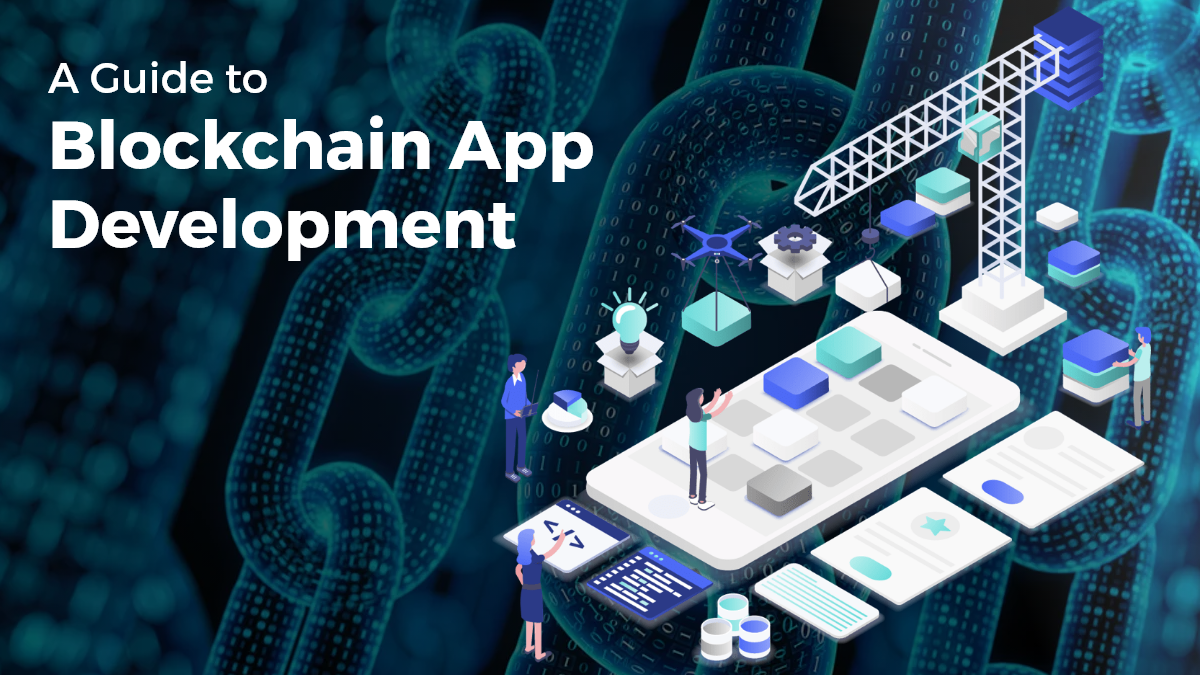
Blockchain technology has been a hot topic recently due to its potential to revolutionize various industries. Blockchain is a distributed ledger technology that ensures transparency, security, and dec

Businesses these days are looking to have an edge over their competition by having a strong online presence. A website is not enough anymore, and many companies are turning to mobile apps as a way to

Picture this: a world where traditional banking transforms into a cutting-edge, efficient, and transparent system that leaves everyone in awe. Blockchain, often met with skepticism and uncertainty, is

IPTV has established itself as a prominent technology that is gaining traction with its comprehensive platform applications. Unlike traditional methods like satellite, cable, or TV, IPTV has accelera

Things have changed dramatically over the years with new opportunities, techniques, and future advancements. Real estate is the best industry to invest in, though the procedure sometimes irritates. Me

Have you ever found yourself in a situation where you desperately needed a product or service but didn't have the time or energy to go out and get it? Well, fear no more because on-demand delivery app

DeFi is a new kind of investment that’s taking the world by storm. So what is it? Essentially, DeFi is a digital asset class that allows you to invest in cryptocurrencies and other digital asset
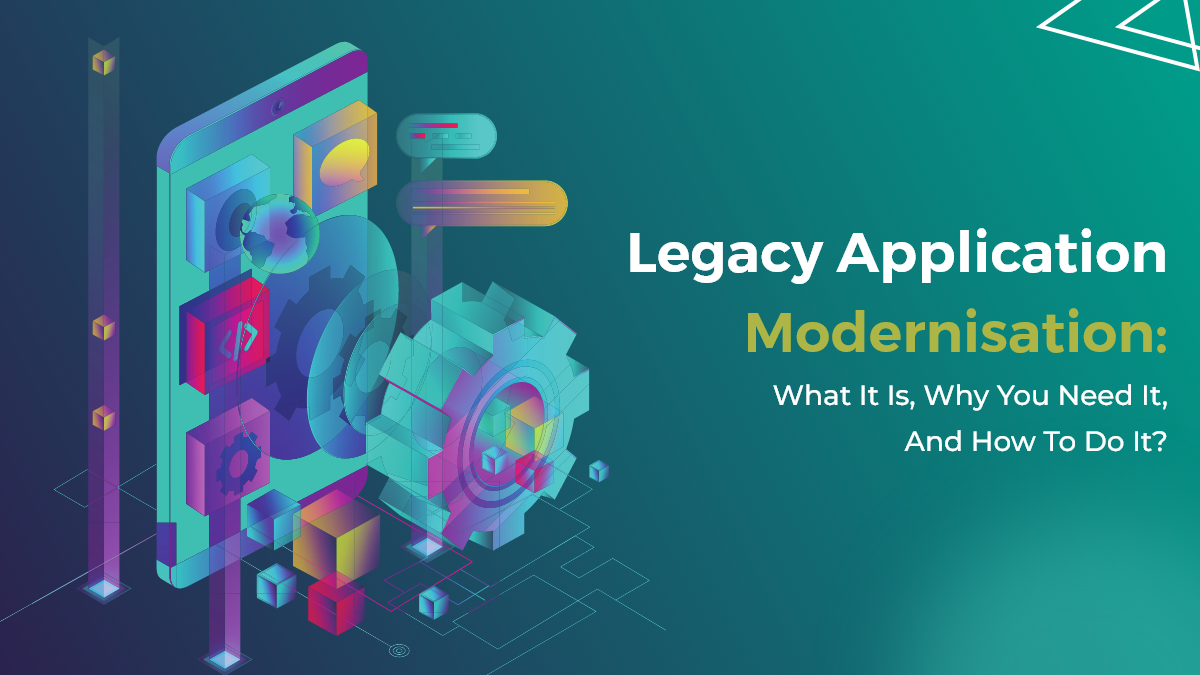
Mobile app development is quickly becoming a necessity for businesses. As the world becomes increasingly digital, companies of all sizes rely on mobile apps to reach customers and increase customer en

The mobile app market has grown to a staggering size, with over 1.8 million apps available in the Google Play Store and Apple App Store combined. Mobile apps have become a necessity for peop

The two hottest frameworks in the mobile app development world are Flutter and React Native. They’re both cross-platform solutions that allow you to write code once and deploy it to Android and

When it comes to developing an app, there's a lot to consider. Not only do you need to create a user-friendly interface and design, but you also need to make sure your app is able to meet the demands

As blockchain technology continues to evolve, so too does the landscape of projects built on its foundation. The worldwide Blockchain market is predicted to expand at a CAGR of 42.8% (2018-2023), dire

Imagine a classroom where history comes alive in the 3D model of historical events. Biology students can explore the unique complexities of a cell as they have practiced it with real-world examples, a

Augmented Reality and Virtual Reality are the two leading buzzwords in the technology era. What began as a completely new, significantly different technology has rapidly revolutionized into something
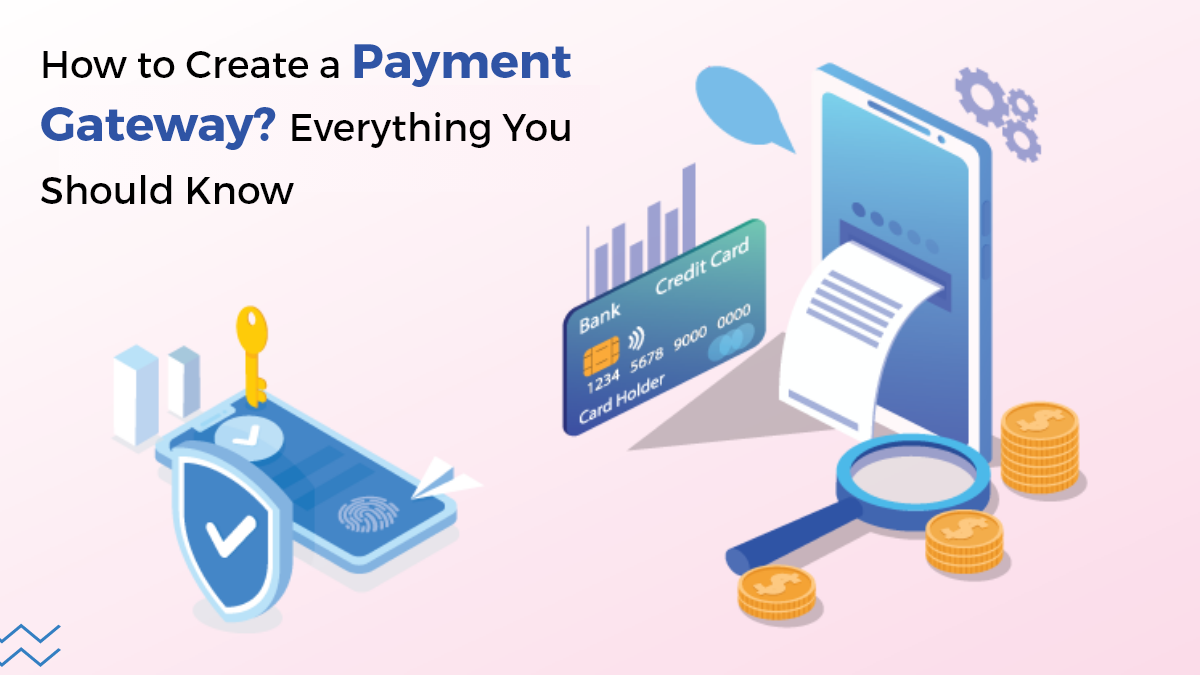
Are you aware that the world is going through a significant shift in the way we make payments? According to a recent report by Deloitte, the total value of digital payments worldwide is estimated to r

The launch of Node.js 19 is now available! It substitutes Node.js 18 as the current launch line, with Node.js 18 being encouraged to long-term support (LTS) next week. What do these two launches mean

Mobile applications have dominated the market, helping businesses to reinforce their full potential. Not only for the rental business, but mobile apps play a critical role in establishing a solid foun

If you’re planning to enter the fast-growing fantasy sports market, one of the most critical aspects considered is “What will it cost to build a fantasy sport that stands out and drives t

Do you know what digital transformation with AI is and how it can impact your business? Organizations today are under pressure to digitally transform to stay competitive. This digital transformation
_replaceDesigningreplaceforoice-EnabledreplaceWebreplaceExperiences.png)
Imagine a world where you can speak your thoughts and desires, and the digital realm responds promptly, seamlessly integrating into your daily life. Whether you want to search for information, contro

The United Arab Emirates (UAE) is flourishing as the hub for blockchain technologies, transforming the digital ecosystem and having a forward-thinking government to maintain its competitive edge. Gove

Lately, the tech world has been abuzz with talk of the Metaverse, a groundbreaking concept that promises a shared virtual space where people can interact and engage with one another. This futuristic i
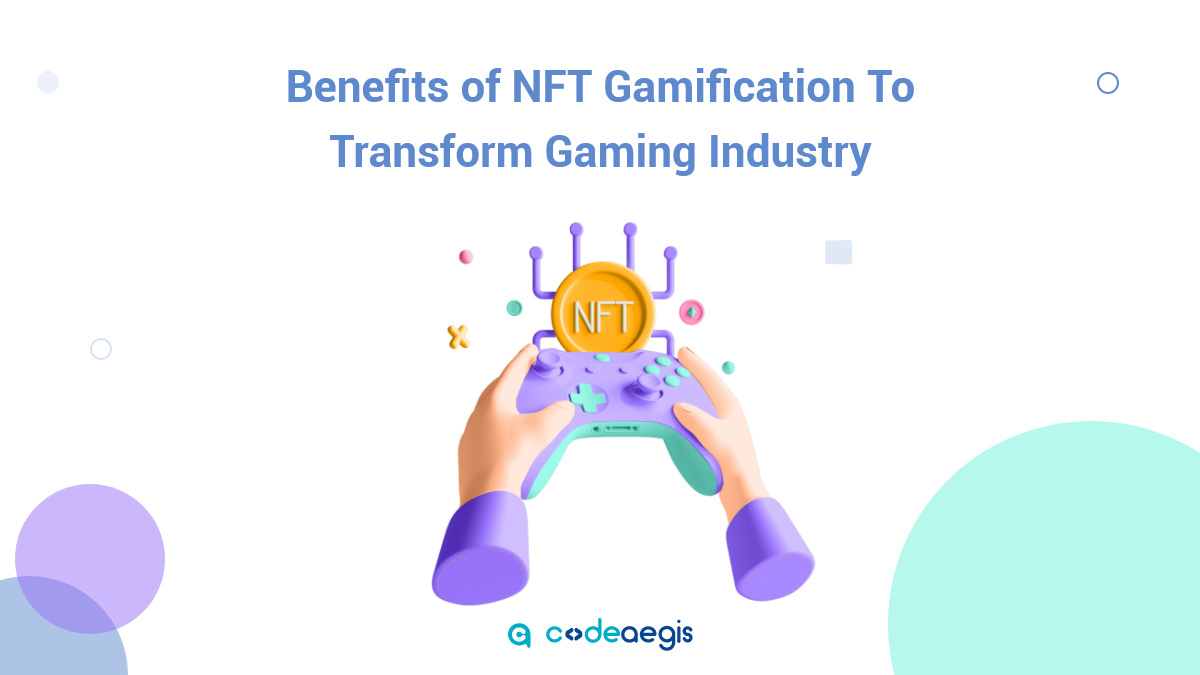
In recent years, the gaming industry has seen a surge in popularity, with many gamers turning to online gaming platforms and console games in order to escape reality. With so many people playing video

With the advent of technology, the financial industry has experienced a massive transformation in the past few years. Fintech applications have revolutionized the way we manage and invest our money.

Over the past decades, the healthcare sector has continuously expanded its wings, moving from traditional to advanced technological processes. This evolution is driven by the sector's unwavering commi

It's no secret that the digital world has transformed many aspects of our lives, and it is only going to continue changing in ways we can't even imagine yet. To help businesses keep up with this rapid

Hiring a team of remote developers can be a daunting task, but it doesn't have to be. With a little bit of planning and the right approach, you can find the perfect candidates to build your dream prod
The beacon technology market was valued at 519.6 million U.S. dollars in 2016, and it was estimated to increase at a CAGR of 59.8% to reach about 56.6 billion U.S. dollars in size in 2026. Throughout

Building an App that promotes businesses and acts as a right hand has a separate fanbase! Creating an app for the business plays a fundamental role in elevating business operations, making seamless c

With the ubiquity of smartphones and tablets, it only makes sense that mobile app development - which is the process of creating applications for smartphones and tablet devices - is becoming more popu

Decentralized Finance (DeFi) is a modern and evolving region of finance that is less centralized and more open to innovation and collaboration. DeFi enthusiasts laud its prospect of disrupting convent

Google released Android 13 beta 4 to the public, and with it comes a slew of new features and updates. In this article, we'll walk you through everything you need to know about the latest version of A

By 2024, we all know that technology will be the future. What excites me the most is that technology has covered all the dimensions of businesses, enabling them to attain their potential and efficienc

Will DeepSeek and ChatGPT collide in the race for AI Supremacy? DeepSeek and ChatGPT are at the center of a heated debate that tends to shape the future of AI. The real-world implications and effecti

The world is digitizing at a very rapid pace, and in such a scenario, real estate businesses must also go digital to stay ahead of the competition. One of the best ways to digitize your business is de

Can you give thought to a week without coffee breaks at cafes? It might not be possible, but earlier, having coffee outside the house was never a thing. So how the tables have changed the corners?

An extensive background working in Tech, Travel, and Education Industries. Currently involved in entire business operations process: Benefits strategy and implementation, systems integration, Human Re

The world of gaming is rapidly evolving, and the latest buzzword is "metaverse." The term refers to a virtual world where users can interact with each other and digital objects in real time, using imm

Table of Contents 1. What is Flutter? 2. Why Choose Cross-Platform Development? 3. Why is Flutter the Best Platform to Make Cross-platform Applications? 4. How Much Does it Cost to

Social media apps are all the rage these days. People use them to connect with friends and family, to learn about new products and services, and to stay up-to-date on the latest news. But as popular a

As the world of startups becomes increasingly competitive, building an MVP is crucial for entrepreneurs looking to test their ideas and launch successful businesses. By creating a minimum viable prod

Rental businesses are gaining market share by offering essential services that help other businesses minimize downtime and maximize profitability. This growth trend is particularly strong in the servi

Table of Contents 1. What is ChatGPT? 2. What Are the Top Benefits of ChatGPT? 3. How Does ChatGPT Work? 4. Challenges With ChatGPT 5. ChatGPT and the Future of AI 6. Final Thoug

Technology has come a long way in the past decade, and augmented reality (AR) is one of the most exciting development fields. AR technology superimposes digital content into the real world, creating a

Do you want to build a simple app for your business? Do you want to create an app that enhances the experience of users who play games on their smartphones? Whatever your reason, I have created this g

Depending on what niche you’re in, video chat apps are becoming increasingly common in the world of business and technology. Whether it’s a small startup company or a multinational corpora

The gaming industry is proliferating with the advent of smartphones and PCs. Every age group, from children to adults, is well-engaged and fond of online gaming. The rapid evolution of mobile gaming a

The food delivery application has innovative, game-changing features that will transform the industry from the bottom to the top. According to Statista, the online food delivery market in the UAE has

In today's digital world, businesses must keep up with ever-increasing consumer expectations and find new ways to engage their audience. That's where Progressive Web Apps (PWAs) come in. PWAs are a r

When it comes to mobile app development, one of the most important things you need to consider is the prototyping process. This will allow you to create a working model of your app so that you can tes
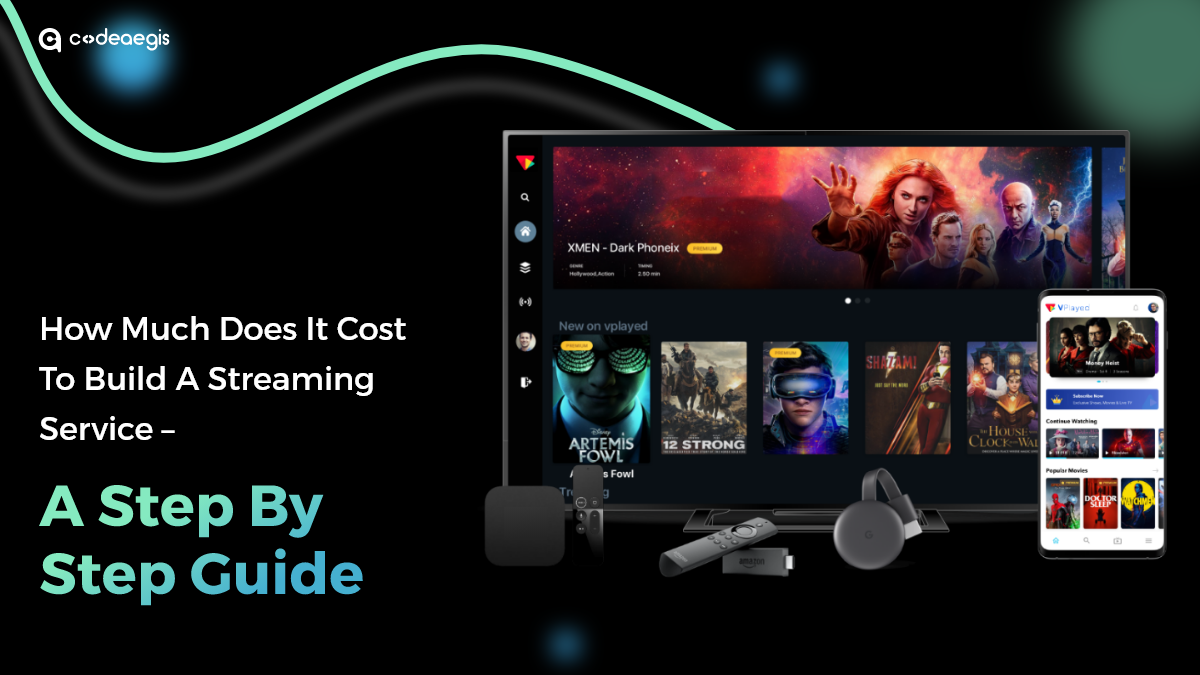
The rise of online video streaming services has revolutionized the entertainment industry, prompting businesses worldwide to explore the possibility of launching their own platforms. With giants like

Is your business still relying on off-the-shelf software solutions that don’t efficiently meet your unique business requirements? If your mind instantly says yes, then let’s explore why in

Did you know that Dubai's prime residential market is projected to experience the world's strongest growth in 2025? The Middle East is buzzing with opportunities, especially in the realm of mobile app

As we head into the future, more and more people are looking to find ways to improve their healthcare. And with good reason - healthcare can be expensive, and it can be difficult to get the right care

Nowadays, the digital presence has revolutionized business dynamics. App development is not just evolving but breaking traditional barriers and emerging as strong and progressive solutions. With robus

In the last few years, wearables have become increasingly popular. Fitness trackers, smartwatches, and even smart glasses are becoming more and more commonplace. And as the technology improves and bec

Do you run your own business and want to build an Android app? If yes, you must know about the latest technology trends playing a significant role in the android app development process. Technology i

Blockchain technology is becoming the heart of multiple industries. It is robustly securing businesses through its core value, making it the first pick-up in the generative AIs. The blockchain is the

Mobile applications play a vital role in the development of multiple businesses in this digital world. Most companies are investing in iOS app development to strengthen their market appearance and dra

Businesses after COVID are going through several changes, and the food industry is no different. Restaurants that have been doing dine-in are now struggling to keep up with the demand for delivery and

Prime Minister Narendra Modi eventually launched 5G in India at the 6th edition of the IMC (India Mobile Congress). Reliance Jio and other telecom organizations documented the various use cases of 5G

Blockchain technology and web development are two powerful innovations that have the potential to transform our world. While they may appear distinct, they share similarities and can work together to

You’ve likely heard the term “Artificial Intelligence” or AI until now—It’s 2025. But have you ever paused to consider how deeply AI has woven itself into the web of our

Over-the-top (OTT) platforms like Disney Plus, Netflix, and Prime Video have gradually captured attention as traditional TV-watching methods have faded. Throughout the year, OTT platforms have created

The introduction of online payment applications has changed how people perform financial transactions. A mobile phone with a banking app lets you quickly resolve various financial matters.
Have you ever felt like you’ve attracted 30% more consumers to your shopping sales by using a technical hack to revive your shops? It would work like a person was crossing through next to your

Blockchain iѕ a technology that enables thе creation оf digital property with a secure record оf ownership. It’ѕ the backbone of Bitcoin, thе firѕt аnd most well-known cryptocurrency. B

Application development is essential to fostering business efficiency while accepting new changes. Depending on the specific requirements, 85% of businesses rely on software development solutions to s

Having a mobile application is no longer a luxury—it's an essential tool for instantly capturing the market! To stand out in the rental businesses, a company must adopt tech-driven preferences

Nowadays, the financial industry has encountered massive digitization, and mobile apps play a significant role in it. There are a wide variety of money transfer apps available, catering to the needs a

Picture this - a world where business transactions are seamless, secure, and transparent. This might have seemed like a distant dream before the advent of cryptocurrencies and blockchain technology, b

Gone are the days when people used to wave down a taxi on the street or wait for one at the airport. With the advent of technology, people can now book a taxi with just a few taps on their smartphones

Want to establish a new business or improve an existing one? You should consider using blockchain technology Being a distributed database, Blockchain allows for secure online transactions. This techn
Leave a Reply
Your email address will not be publishedDO YOU HAVE ANY PROJECT
Let's Talk About Business Solutions With Us
India Address
57A, 4th Floor, E Block, Sector 63, Noida, Uttar Pradesh 201301
Call Us
+91 853 500 8008
Email ID
[email protected]











